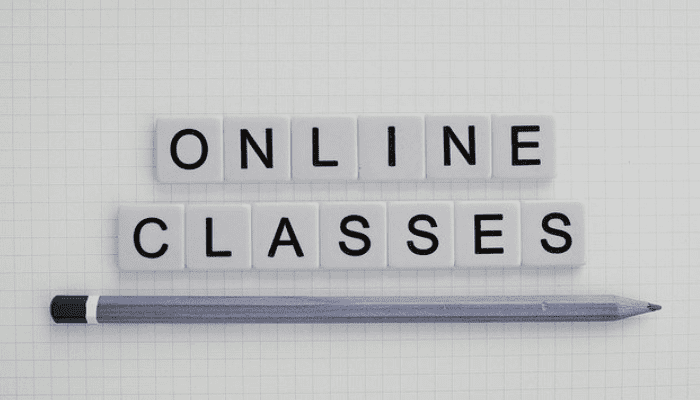Technology has successfully led to the development of many innovations that are gradually changing the entire world. In the educational sector, technology has led to the advancement of learning through the introduction of virtual classrooms that provides students with better learning experiences. Virtual classroom is basically an online learning structure that allows students and teachers to communicate effectively in a corporate manner.
In a time of global pandemic where health regulations like social distancing are preventing students from the traditional classroom-based learning, virtual classrooms are providing a perfect alternative to the traditional classroom-based learning systems. Although some arguments have been made that virtual classrooms make it difficult for students to access the physical library for information, search engines like google and several online publishing websites are providing remedies for students to get enough information and buy research paper respectively from https://www.wiseessays.com/buy-research-papers whenever they want.
Virtual classroom affects the performance of a student positively in the following ways;
1) Round-the-clock access to learning materials
Having 24/7 access to learning materials is one of the dreams of every student and virtual classrooms offer round-the-clock access to learning materials. No matter the place you are, a virtual classroom allows you to enjoy unlimited and unrestricted access to learning materials at your convenience without the need of taking a drive to the school campus. Furthermore, with a smartphone, laptop or any digital device that can access the internet you can enjoy unlimited access to assignments, papers, lecture notes and class discussions.
2) Learning made easy
Virtual classroom makes learning easy for all because of the more organized learning structure and pattern that the system adopts. Virtual classrooms use deadlines for the submission of projects, assignments and tests and a student can adjust his or her schedule to suit the deadline. The use of the deadline in a virtual classroom allows the student to work under less pressure which helps the student to deliver an excellent job.
3) Better time management
Virtual classrooms allow a student who is a family man or woman to manage their time well by providing them with enough time to learn without depriving their loved ones of genuine family time. This is because in the traditional classroom-based learning system, a student wastes a lot of time moving from one campus to the other for lectures. However, virtual classrooms remedy these issues by allowing students especially the adult ones to manage their time well by saving themselves from the stress of moving from place to another.
4) Widened learning perspective
In most online schools, students come from almost every continent of the world because the limitation of mobility is non-existent. Students are not restricted to studying through a local post-secondary institution and can instead enroll at international schools with a great reputation, such as Victoria University Online. As a result of this development, it is now easier for students to associate with people from other cultural and social backgrounds that are far different from theirs. This widens the learning perspective, insights and thoughts of a student. For instance, an African on the same research group with an Asian, can learn about some of the deep histories of the Asian race.
5) Improved digital skills
Virtual classrooms improve the digital skills of a student as a result of continuous exposure to the latest technological innovations and designs. For instance, in some online schools, cutting-edge technological innovations like Virtual Reality goggles are used to provide the students with wider learning insight. Also, constant video presentations and exposure to various complex learning technology improves and sharpens the digital skills of a student.
6) Greater level of flexibility
Virtual classrooms make it easy for lecturers or teachers to cover the syllabus at the end of the year. Also, virtual classrooms allow a teacher to carry everyone along with a lesser number of students losing focus, unlike the traditional classroom-based system where some students drop off as the semester progresses. In a virtual classroom, devices, apps and other multimedia tools assist the student in learning which does not only make the process fun but engaging.
7) Improved teacher-student relationships
Teacher-student relationship is one of the most important factors that can affect the performance of a student. In a traditional classroom-based system, a bright student can shy away from answering questions in class because he or she is naturally timid in public. However, virtual classrooms ensure an improved teacher-student relationship because a teacher can now interact more closely with students on an individual basis which will help the usually shy ones to be bold and confident.
8) Increased career prospects
Staying online all the time to study exposes a student to so many untapped potentials that are available on the internet. A student can learn new computer skills to aid in his study, he or she can learn to write effectively aiding in better communication and he or she can also develop an already existing skill to increase career prospects.
Conclusively, virtual classrooms are offering a new lease of life in the educational sector by providing multiple learning options to teachers for students to learn effectively. Virtual learning is no longer for the future and every school should embrace this amazing technological innovation that affects students in many positive ways. However, as a student you can buy research papers online at the best available rates.


































